
Nemesis
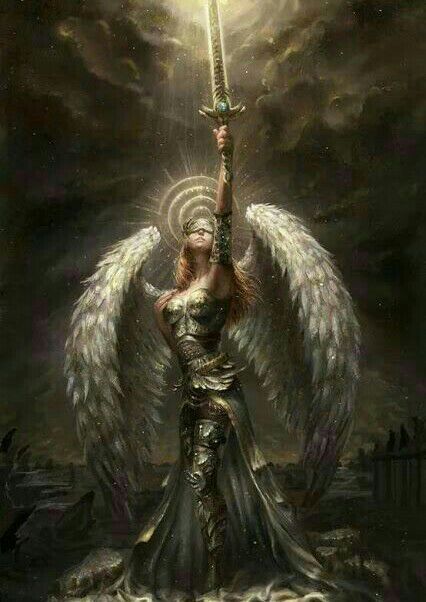
Today, the idea of nemesis normally equates to an arch-enemy, but another dictionary definition of the word is "an inescapable agent of someone’s downfall", and in Greek mythology there was a goddess who represented this agent, the Greek goddess Nemesis.
Overall, Nemesis was the ancient Greek goddess of divine retribution. As such, she meted out punishment for evil deeds, undeserved good fortune, and hubris (arrogance before the gods). She was also called Adrasteia, meaning "the inescapable," or the "Goddess of Rhamnous" in recognition of her famous temple in the city Rhamnous. Her Roman counterpart was Invidia, the goddess of jealousy as well as vengeance.
Nemesis was often sometimes depicted as a winged goddess. Her attributes were apple-branch, rein, lash, sword, or balance.

NEMESIS DAUGHTER OF NYX (and not only)
Nemesis is generally considered to be the daughter of the goddess Nyx (Night), something agreed upon in the Theogony (Hesiod) and Description of Greece (Pausanias) with no father normally mentioned. Occasionally a father of Nemesis is mentioned, this being Erebus (Darkness) the normal partner of Nyx.
This parentage would make Nemesis an early goddess of a generation that predates Zeus and the gods of Mount Olympus, at least in the Hesiod version of the genealogy of the gods.
Nevertheless, and depending in the source: Nemesis is depicted as the daughter of Nyx, Oceanus or Zeus. Below are just three selective passages that illustrate that point.
I. DAUGHTER OF NYX
Hesiod, Theogony 21 ff (Greek epic C8th or C7th B.C.) :
"And Nyx (Night) bare hateful Moros (Doom) and black Ker (Violent Death) and Thanatos (Death), and she bare Hypnos (Sleep) and the tribe of Oneiroi (Dreams). And again the goddess murky Nyx, though she lay with none, bare Momos (Blame) and painful Oizys (Misery), and the Hesperides . . . Also she bare the Moirai (Moirae, Fates) and the ruthless avenging Keres (Death-Fates) . . . Also deadly Nyx bare Nemesis (Envy) to afflict mortal men, and after her, Apate (Deceit) and Philotes (Friendship) and hateful Geras (Old Age) and hard-hearted Eris (Strife)."
II. DAUGHTER OF OCEANUS (OKEANOS)
Pausanias, Description of Greece 1. 33. 4 and 7. 5. 3 (Greek travelogue C2nd A.D.) :
"Okeanos (Oceanus) is the father of Nemesis [of Rhamnos]."
"The Athenians say that the father of the goddess in Rhamnos [Nemesis] is Okeanos (Oceanus)."
III. DAUGHTER OF ZEUS
Stasinus of Cyprus or Hegesias of Aegina, Cypria Fragment 8 (Greek epic C7th or C6th B.C.) :
"Nemesis tried to escape him [Zeus] and liked not to lie in love with her father Zeus the son of Kronos (Cronus)."
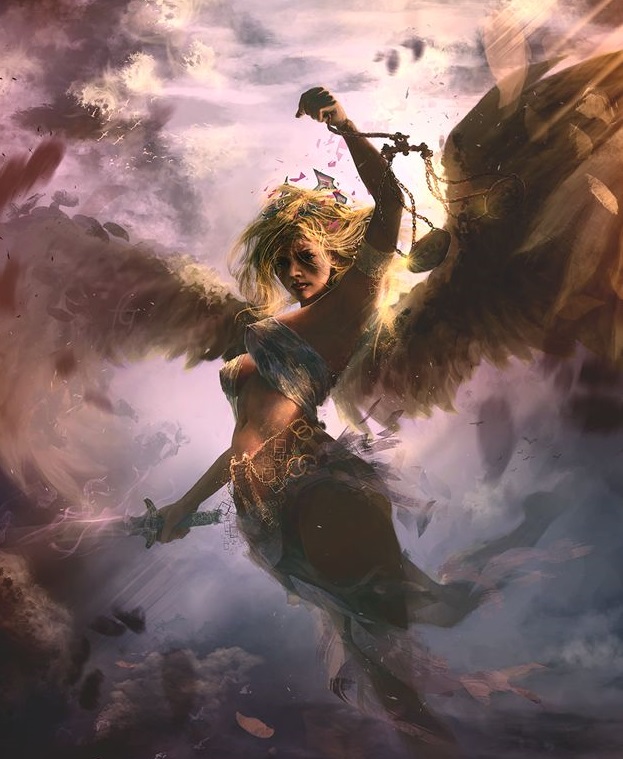
THE ROLE OF NEMESIS IN GREEK MYTHOLOGY
Most sources would describe Nemesis as a beautiful maiden, often with wings to allow her to travel swiftly to where she was needed.
Nemesis was the Greek goddess of Retribution and the “dispenser of dues”, but she was more than a goddess dealing with evil doers, for Nemesis also ensured that there was balance in the life of man. It was Nemesis who ensured an equal balance of happiness and sadness, as well as good and bad luck; thus nemesis would often have to deal with the consequences when Tyche, Greek goddess of Good Fortune, was too generous.
Despite predating Zeus, Nemesis was often connected with the supreme deity, and it was she who was dispatched to deal with mortals who believed that they were superior to the gods.
Also, in myth Nemesis was particularly concerned with matters of love. She appears as an avenging agent in the stories of Narkissos and Nikaia, whose callous actions brought about the death of their wooers. In some versions of the Trojan War, she was the mother of Helene, and is shown in scenes of her seduction by Paris pointing an accusing finger at the girl.
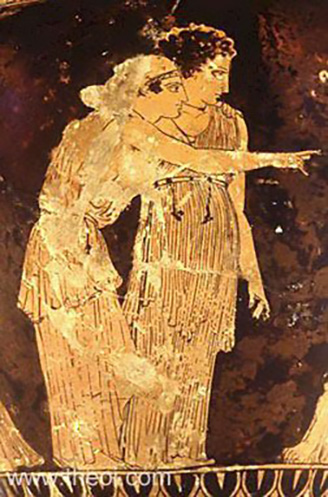
STORIES OF THE GODDESS NEMESIS
The most famous stories do not deal with the impious or those with a superiority complex, but deal instead with tales of spurned love.
It was the vengeance of Nemesis who was invoked by a spurned lover of Narcissus, either a nymph or Ameinias, when the self-centred youth callously rejected them. Nemesis would ensure that Narcissus would fall in love with his own reflection in a pool, and subsequently Narcissus would waste away as he looked longingly at himself.
Nemesis was also involved when the gods brought “justice” to the Naiad nymph Nicaea. A shepherd called Hymnus had fallen in love with the beautiful nymph, but wanting to remain chaste, Nicaea shot him through the heart.
Such an act angered Eros especially and with the assistance of Nemesis, Hypnos and Dionysus, retribution was brought for Dionysus slept with the nymph causing her to become pregnant with Telete.
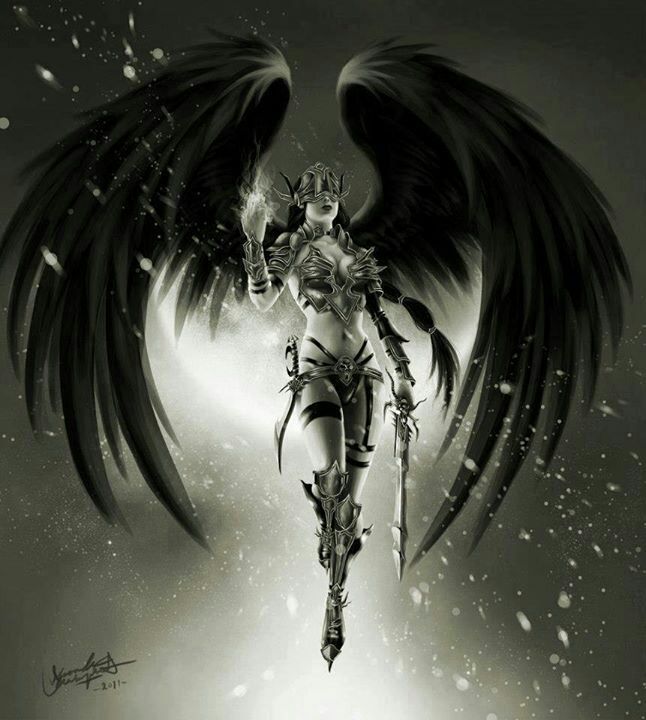
CHILDREN OF NEMESIS
It was commonly said that Nemesis herself had no offspring, although occasionally the Greek goddess was named as the mother of the Telechine by Tartarus. The Telechine were master metalworkers in legend but were more commonly thought of as children of Gaia, either by Pontus or Ouranos.
Below is an example that suggests that Nemesis was the mother of the Telechine:
Bacchylides, Fragment 52 ( Greek lyric C5th B.C., from Tzetzes on Theogony) :
"The four famous Telkhines (Telchines), Aktaios (Actaeus), Megalesios (Megalesius), Ormenos (Ormenus) and Lykos (Lycus), whom Bakkhylides (Bacchylides) calls the children of Nemesis and Tartaros."
What is more, some ancient sources also claim that the famous Helen of Greek mythology was a daughter of Nemesis born when Nemesis took the form of a swan with which Zeus mated. The result was an egg which Leda subsequently found and nurtured, though of course, Helen is more commonly thought of as a daughter of Zeus and Leda.
Below is an example:
Pseudo-Apollodorus, Bibliotheca 3. 127 (Greek mythographer C2nd A.D.) :
"Nemesis, as she fled from Zeus' embrace, took the form of a goose; whereupon Zeus as a swan had intercourse with her. From this union she laid an egg, which some herdsman found among the trees and handed over to Lede (Leda). She kept it in a box, and when Helene was hatched after the proper length of time, she reared her as her own."
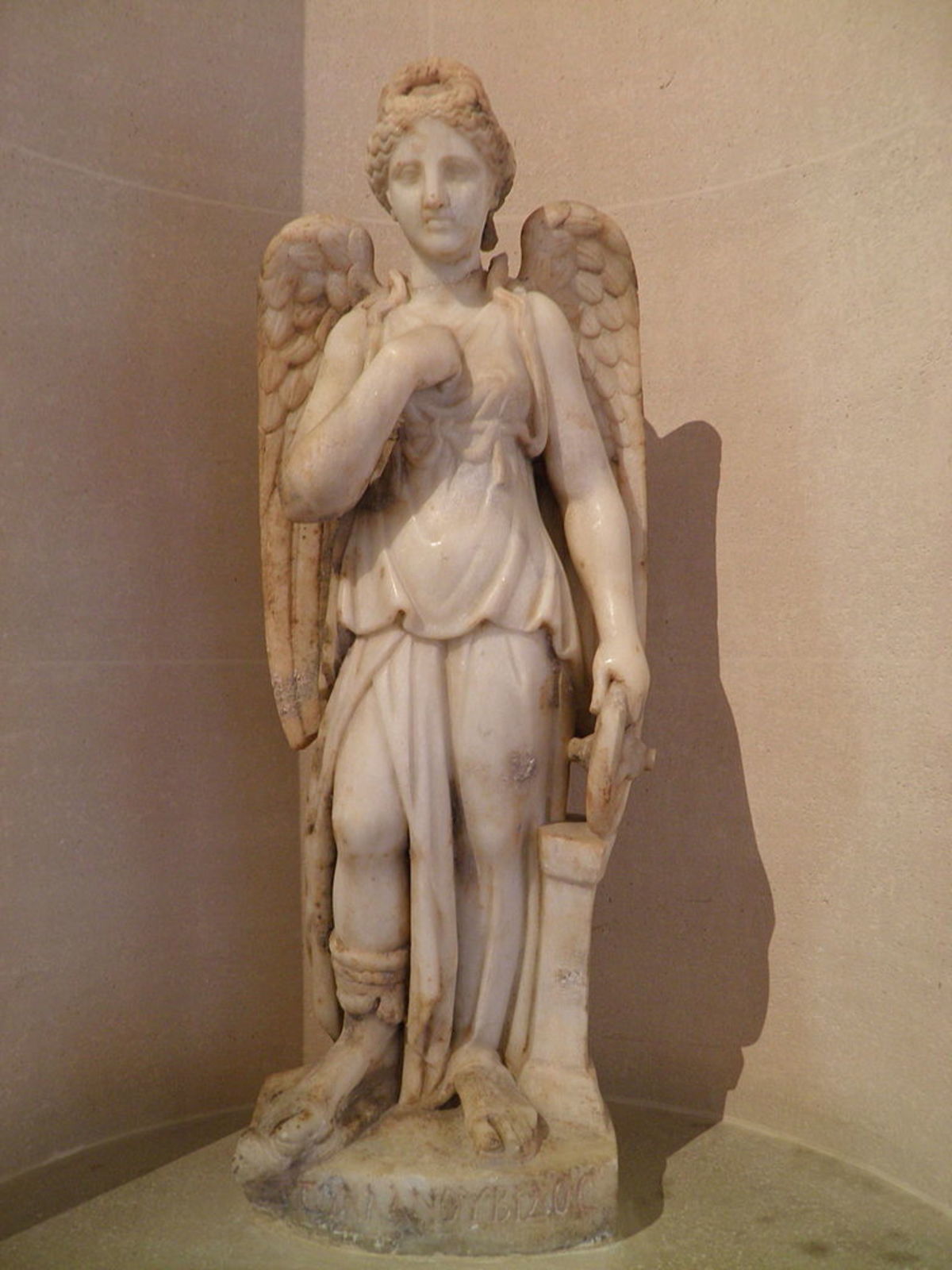
Sources
GREEK
Hesiod, Theogony - Greek Epic C8th - 7th B.C.
Epic Cycle, The Cypria Fragments - Greek Epic C7th - 6th B.C.
Pindar, Odes - Greek Lyric C5th B.C.
Aeschylus, Prometheus Bound - Greek Tragedy C5th B.C.
Aeschylus, Fragments - Greek Tragedy C5th B.C.
Plato, Laws - Greek Philosophy C4th B.C.
Apollodorus, The Library - Greek Mythography C2nd A.D.
Callimachus, Hymns - Greek Poetry C3rd B.C.
Callimachus, Fragments - Greek Poetry C3rd B.C.
Lycophron, Alexandra - Greek Poetry C3rd B.C.
Strabo, Geography - Greek Geography C1st B.C. - C1st A.D.
Pausanias, Description of Greece - Greek Travelogue C2nd A.D.
The Orphic Hymns - Greek Hymns C3rd B.C. - C2nd A.D.
Philostratus, Life of Apollonius of Tyana - Greek Biography C2nd A.D.
Nonnus, Dionysiaca - Greek Epic C5th A.D.
ROMAN
Hyginus, Fabulae - Latin Mythography C2nd A.D.
Hyginus, Astronomica - Latin Mythography C2nd A.D.
Ovid, Metamorphoses - Latin Epic C1st B.C. - C1st A.D.
Cicero, De Natura Deorum - Latin Rhetoric C1st B.C.
Valerius Flaccus, The Argonautica - Latin Epic C1st A.D.
Statius, Silvae - Latin Poetry C1st A.D.
Apuleius, The Golden Ass - Latin Novel C2nd A.D.
R. S. P. Beekes, Etymological Dictionary of Greek, Brill, 2009, pp. 1005–06.
Pausanias, Description of Greece, 1.33.2–3.
(Pseudo-Apollodorus) R. Scott Smith, Stephen Trzaskoma, and Hyginus. Apollodorus' Library and Hyginus' Fabulae: Two Handbooks of Greek Mythology. Indianapolis: Hackett Pub., 2007:60.
Metamorphoses (Kline) 3, the Ovid Collection, Univ. of Virginia
Hornum, Michael B., Nemesis, the Roman state and the games, Brill, 1993.
Ludwig Bernays (ed.), Otto Friedrich Gruppe 1804-1876: Philosoph, Dichter, Philologe. (Paradeigmata 3) (Freiburg-in-Breisgau: Rombach Verlag) 2004.
Our Mobile Application
Check out Our Mobile Application "Ancient Greece Reloaded"


